A Second Berlin
Berlin covered a wide area and contained a large number of potential targets.
Fortunately, for the Germans, Berlin was at the end of a long flight when navigational errors and frequent bad weather made target identification extremely difficult.
Efforts were made through 59 decoy locations to create lighting effects that simulated areas of Berlin - such as railway stations or easily recognisable streets - that were a significant distance from their actual location.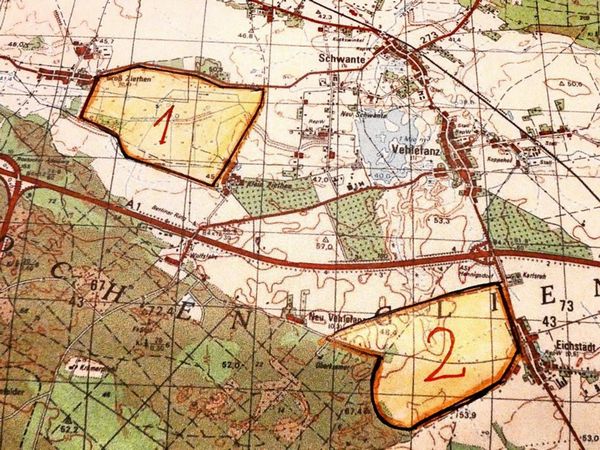
The specific role of Area 1 is not known but Area 2, created in a field between Eichstädt and Neu-Vehlefanz, is reported to have been a mock-up of Friedrichstrasse in Berlin-Mitte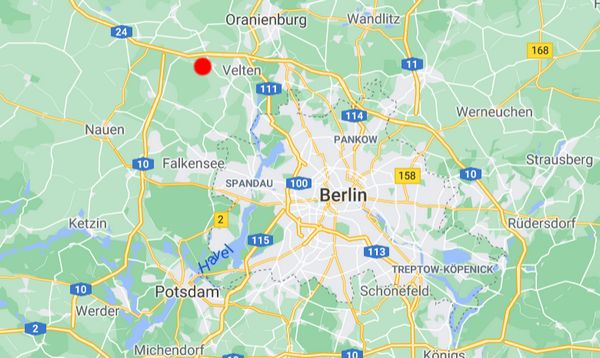
The location (in relation to Berlin) of the Scheinanlagen
An attack direction from the NW was common and many bomber crews would be only too happy to believe they had reached their target
In 1941, one RAF raid on Berlin resulted in the dropping of over 90% of the high explosives and incendiaries on decoy installations.
Until much later in the war, when airborne radar was improved (and US daylight raids commenced), decoy sites around Berlin attracted a significant proportion of the high explosives and incendiaries that were dropped by the Allies.
With the advent of airborne radar, attempts were made to confuse the system by creating false radar returns.
Water produced a much darker radar image and the shape was used by the bomber's navigator to fix their position/locate their target.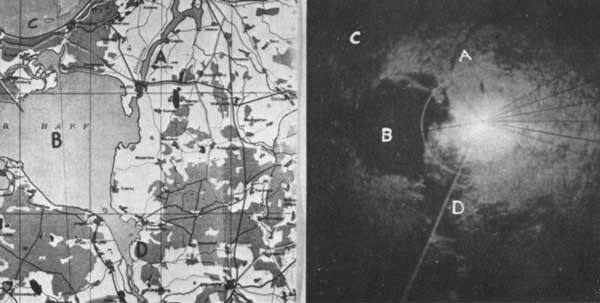
A H2S radar image of a lagoon near the Baltic coast. The radar return from the water is much darker and the features of the lagoon are clearly visible.
There are a large number of lakes on the western side of Berlin and the radar returns from these were used by the bombers to identify their location.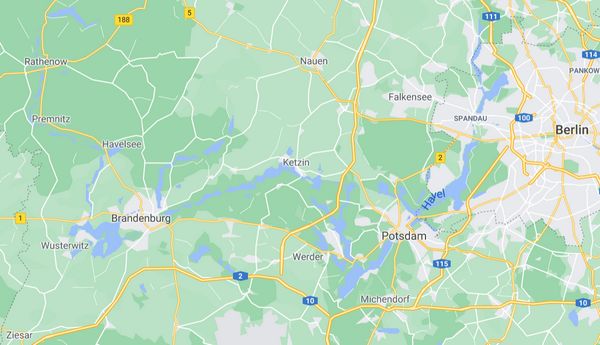
The approach to Berlin from the west crossed over a significant number of lakes which were identifiable on H2S radar.
The Germans floated lines of radar reflectors in order to remove the radar contrast between the water and the surroundings.
This meant that a single lake could be made to appear as several lakes of unidentifable shape.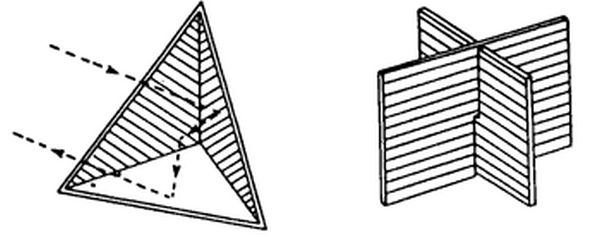
Images of radar reflectors (Tarnkörper) that were floated on water features to confuse the H2S image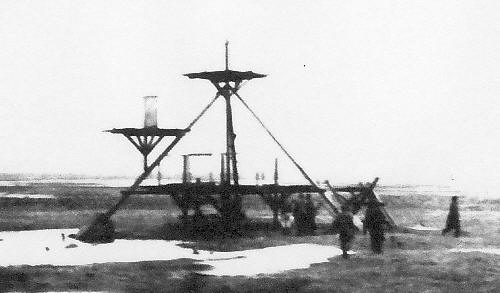
This photograph (unconfirmed) shows the removal of somewhat larger land-based radar reflector built near Esbjerg
Images courtesy of the Danish website..........GYGES (opens in a new window)
Post-war Allied investigation teams described this deception technique as 'quite successful'.